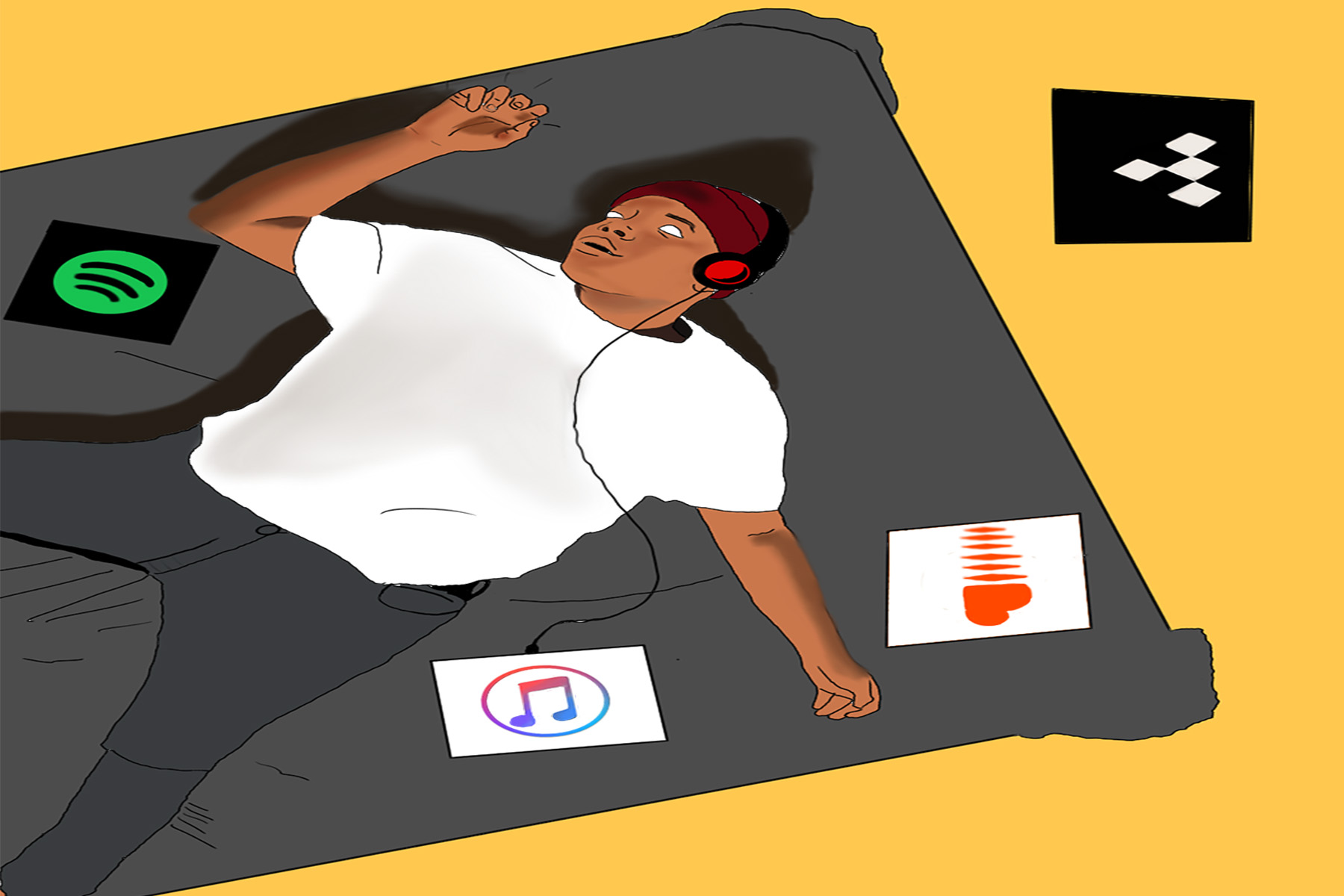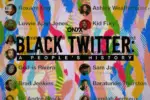The year is 2007. You are finally sitting down in front of your television after having fiddled with the wires that connect it to your laptop for half an hour. The wifi is horrible and your movie is taking forever and a year to load, but it’s happening. You’re watching something other than YouTube through the world wide web. Netflix just started offering online streaming alongside their DVD delivery services and you couldn’t wait to give up your hard-earned dollars and see what all the hype is about. This is it. The future of entertainment right in front of you and you don’t even know it yet — streaming services.
Then you’re back in 2019 and everything has reverted to the way it was before.
Netflix helped pioneer something that was supposed to change the way we watched our TV and movies forever. The first mainstream video streaming service, Netflix became the cool, new way to consume media. Back when the service was just starting out, it was not uncommon to hear phrases like, “Oh, I cancelled my cable subscription. I got Netflix instead.” It was seen as a cheaper alternative to having all those channels that you never watched anyway.
With Netflix you paid only about $8 a month and you had access to all kinds of shows, all at once. Sure, you had to wait longer than your cable-loving friends for new content, but it was totally worth it. You were paying way less and got to binge it all in one go while they were stuck waiting for one new episode week after week.
Due to these benefits, Netflix quickly made deals with a majority of the big networks, becoming the sole distributor of their shows and movies once they finished airing each season on their own platforms. This was only a few months after streaming services came into being. Now it was all in one place for you to watch and all you had to do was avoid spoilers for a little while.
Then it all went downhill. Following Netflix’s enormous success in the online world, new companies began popping up all over the place, desperately trying to model themselves after the streaming service behemoth. In a capitalist America obsessed with competition, it was only a matter of time. However, with their creation came an end to the original purpose of streaming services.
These days, many people have a multitude of different streaming services. There’s Netflix, Hulu, Amazon Prime Video, HBO Go, STARZ, SHOWTIME and more. The list goes on and on. This would not be a problem if each one offered all the media a person could ever want. But they don’t.
They have specific titles from specific networks they signed contracts with. Or they have started making their own shows, as Netflix did once the networks began scrapping their contracts for better deals with the newer streaming services. Suddenly everyone wanted to watch “Unbreakable Kimmy Schmidt” on Netflix, but they also wanted to catch up on the latest season of FOX’s “Bob’s Burgers.” Oh wait, that’s only streamable on Hulu. Guess that means they’re biting the bullet and paying for both?
This is where the issue begins. Now that everyone wants to watch all of these different shows and movies on all of these different services, we’ve reached the point where we’re paying just as much (or more) as we would be paying for cable. All of these services have just become glorified network channels. The whole point of a streaming service is to have all your media in one place and get rid of the endless channel surfing while saving a little cash.
The only thing worse than this is cable networks making their own streaming services. When binging shows online became the new normal, many networks created their own apps with cable log-in capabilities similar to how on-demand structures work. A few days after an episode aired, it would be added to the app for you to stream if you already had the channel as part of your cable subscription.
By the time the season finished, all episodes would either stay on the app for you to rewatch, or they would be moved to a separate streaming service. You could even watch live television. There is nothing wrong with this idea in theory. However, it has become a different story in execution.
Recently, many of these networks have begun succumbing to capitalist greed. In an effort to compete with other major streaming services, networks like CBS have transitioned their apps from cable extensions into individual subscription services. While you can still log in to watch many of the shows you could traditionally, many others have become restricted (including live TV) unless you enter your credit card info and sell your soul to another Netflix wanna-be.
So not only are you paying for that channel as part of your cable bill each month, you’re also paying extra just to watch the same stuff you already do on your big screen, on your phone. The entertainment industry seems to be stuck in a cycle, creating the same distribution structure over and over again while desperately trying to market it as something new. And it doesn’t look like it will be exiting that cycle anytime soon.
To those of you that can still survive off of only one service, congratulations. We applaud you. The rest of us have gotten stuck in an endless loop of bills and cluttered watchlists not even the Apple TV app could organize. So enjoy your freedom from the suffocating grasp of capitalist Hollywood while you can. We’ll just be here reminiscing about our beloved 2007 nights in front of our laptop-television combos and impatiently waiting for the next generation of media consumption. Even if we know that that generation will mold itself into the same shape as the last.
















